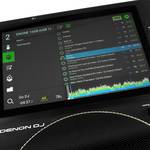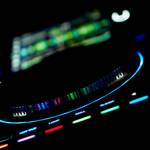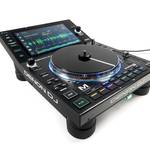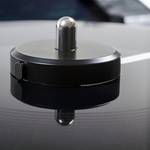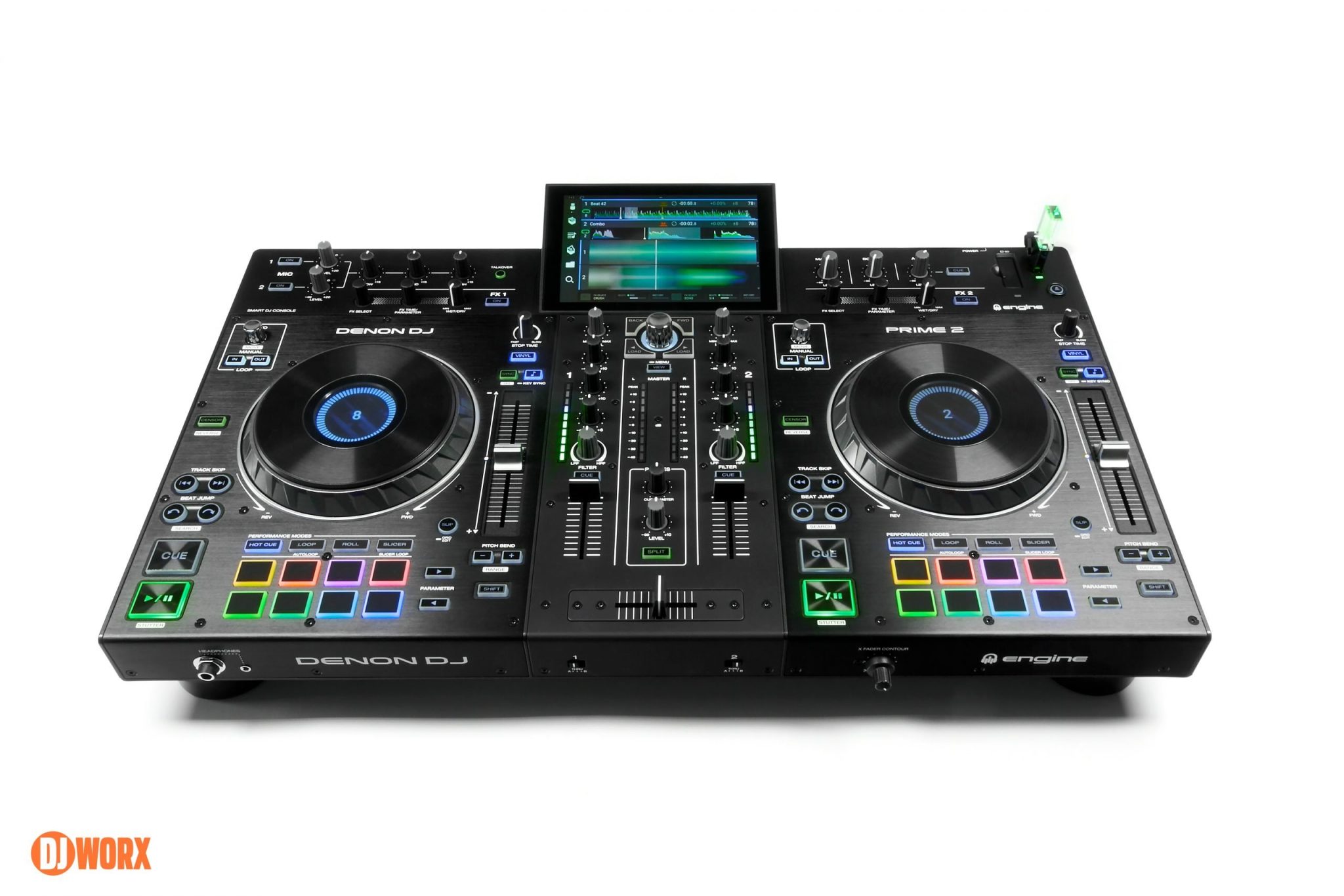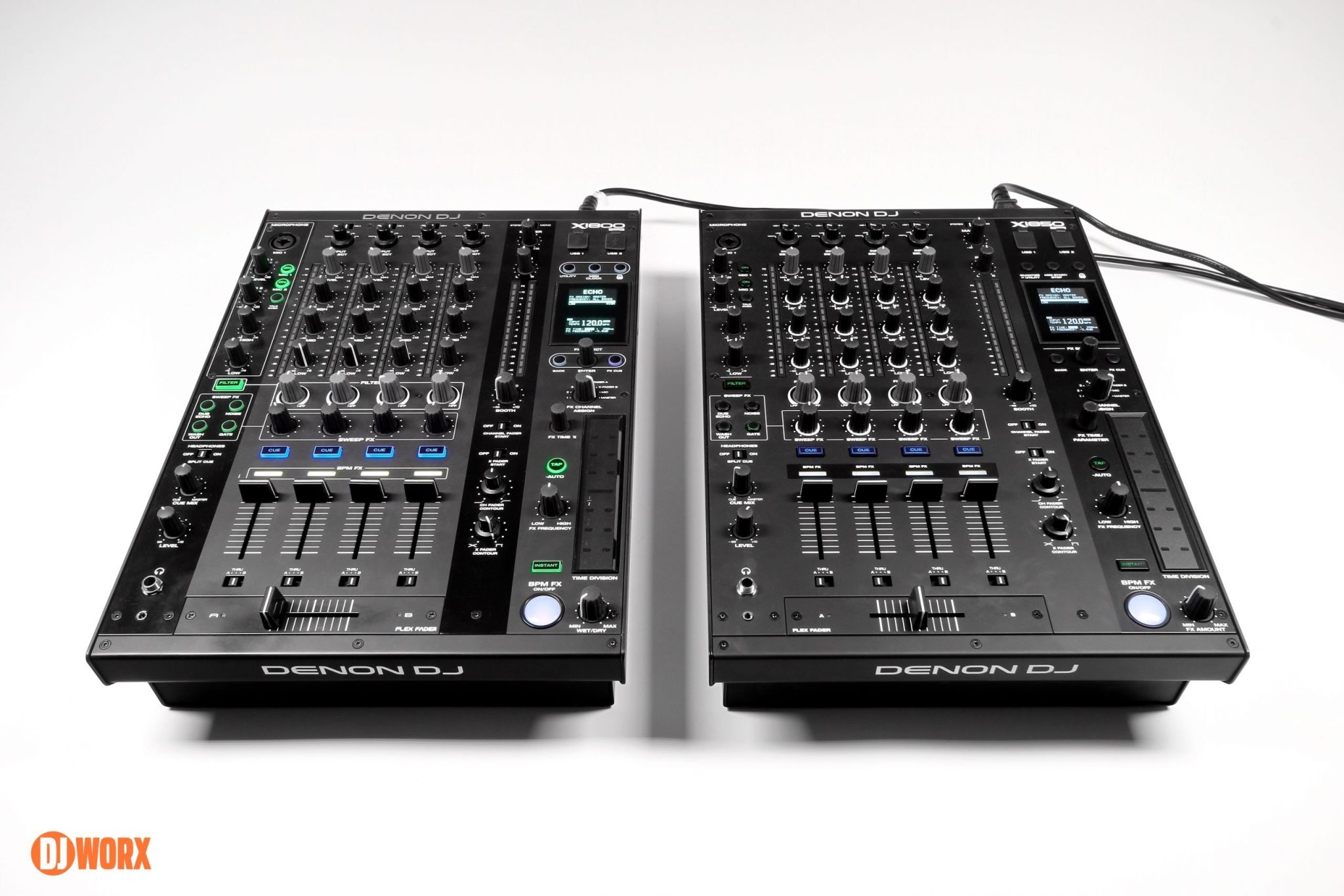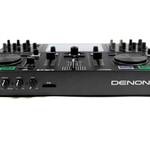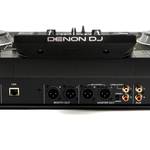Foreword from the editor
As I edge towards the end of DJWORX, I’ve been focussed on other projects. But it has occurred to me that I have been remiss in not finishing off my post-NAMM new Denon DJ Prime first look, especially as the latest version of Engine OS has just been released.
But I’ve just finished a couple of projects, so I’ve got time to start mopping up on things I should have done some time ago. In all honesty, I’m only finishing this off because of the time I put into photography, and the insanity of deciding to do a group shot with the courier arriving in 30 minutes when everything is boxed up. That’s a masterclass in its own right.
Anyway, picking off where I left off…
NAMM COMES TO THE WORXLAB
Despite our polite refusal to attend an all-expenses-paid press junket for the new Denon DJ Prime range in Florida, it hasn’t deterred them from making sure that our opinion appears in the mix of all the other tier one media outlets. Thus the entire suite of upcoming Engine OS based shiny made its way to the Worxlab.
Now, this happened some time ago. But despite Storm Ciara’s best efforts at the time, I put on my big coat and made my way through the wind and snow, because I only had these units for a few days. It was enough time for the briefest of first looks across five units, but absolutely not enough time for anything even resembling a DJWORX level review.
To make sure I hit the right notes, I asked you lot for questions, and will also cover things I feel are important too. Luckily the Denon DJ SC6000 Prime and SC6000M Primes are the same bar the platter and jog wheel. The X1850 Prime is a minor update in the whole scheme of things. The Prime 2 is more or less literally a Prime 4 minus two channels. But the Prime GO is the all-new (in every sense of the word) unit, and for me the star of the show, thus this is where I spent the most time.
So… let’s get into it.

SC6000/SC6000M Prime
For the most part, the core of the SC6000s is the same as the SC5000s. So to get the deal on most of what the unit can do, check out the original SC5000 Prime review here.
So lets’s focus on the changes. In broad strokes:
- Big and imposing screen from the Prime 4 seems dimmer than 5000.
- New platter (SC6000) and jog wheel (SC6000M).
- Internal drive bay.
- Updated cosmetics.
Side by side, they’re quite different. I only (ha only) have the SC5000M here to compare, but it’s worth doing as the impact is quite stark. The regular 5000 screen has been perceived as HUGE since inception, but this 10” beauty pushes the 6000 into a whole new realm… of big print at least.
Usefully, there is a toggle so that you can get a little more info on-screen. But I cannot help but feel that such a display could be doing so much more, especially in ways of expanding existing controls with a large touch screen at a programmer’s disposal.
https://www.instagram.com/p/B8Ygpylg7MF/
To the platter — one of the first questions I was asked was could you swap the new 6000M platter onto the 5000M. The quick answer is no — you could machine it to fit, but I expect that the chances of buying a platter on its own are slim.
https://www.instagram.com/p/B8Yio2mgdG0/
As I discovered, the better solution is to fit the 6000M vinyl on the 5000M. It’s meaty enough not to flex at the edge, and the extra weight makes it more useable. And it’s a more workable solution than doing some sort of platter machining hack.
Given that the SC5000 and SC5000M Primes are still right at the top of the evolutionary DJ tree, I see little point for existing users to upgrade. But for new buyers, grab them — they’re the dog’s bollocks.
PRIME 2
I’m going to do something quite weird here and barely talk about this unit at all. I unboxed it, played for a bit, but found that in the limited time I had, it didn’t feel exciting or interesting enough to dwell on.
As I’ve said before, on paper, it sounds like a Prime 4 minus two channels. And reality it feels to be exactly that. I’d also lay good money on this having been made around the same time as the Prime 4 but held back. It’s the little touches in the design and ID that make me think that. It’s definitely more Prime 4 than SC6000 or Prime GO.
At the time of writing, the Prime 2 is hitting shops, and the usual suspects will be pushing our their full reviews. I won’t.
X1850 Prime
Of all the units, this is more like a bit of cosmetic housekeeping and some small changes thrown in for good measure. But it’s the subtle cosmetic changes make all the difference. Buttons, gloss strip, and white-backed knobs are the order of the day, but 99% of the original review stands here.
Returning to the flippant joke we made at launch, the difference between the X1800 and X1850 really does feel like 50. There’s nothing to report here. So let’s move on to the real talking point.
Prime go
And here we are — the head-turner, the woman in the red dress of the new Prime range. When it landed, the attention it got dwarfed everything else. People of all genres and styles were talking about this all in one battery-powered slab of Prime. And quite rightly so.
To cover this off again — the Denon DJ Prime GO is the Engine OS experience in a battery-powered standalone box. Think of it as the Prime One.
The Prime GO has been designed from the ground up to be a fully standalone unit. Its very reason to be is to not need a computer. So if you’ve asked if (insert software here) will work with it, then the Prime Go is not for you — go look at the Prime 2 or 4, because I seriously doubt that Serato DJ Pro or any other software for that matter will be enabled. Well except VirtualDJ Pro, because they’ll make that work with anything whether you like it or not.
Obviously, to accommodate the screen (the same one as the Prime 2 but laid flat) in the middle, changes to the conventional layout have been necessary. EQs have been moved to the sides and positioned horizontally.
Now some will declare this a deal-breaker, but I don’t feel that’s the case at all. Perhaps because I’ve used a wider range of gear over the years than most, but I’ve always adapted pretty quickly to non-conventional layouts. And the same is true here. I’d rather have moved EQs than no screen.
And no, we don’t need a Prime GO with the big screen found on the Prime 4. That would just be silly. Just because you can doesn’t mean you should.
A few observations:
- I definitely feel like it needs feet to angle it, or maybe a Denon DJ Wedge Prime. I’m used to the angled screen on the 5000M now and angled screens are part of the Prime IP now.
- The crossfader curve is there but hidden in a dropdown menu.
- Scratch performance is much better than expected, like good enough for a hip hop set, but not a DMC online entry.
- EQ can be set to normal or isolation with crossover control. I expect that from high-end rotaries, not a controller. Impressive.
- Filter resonance can be changed too.
- They were definitely channelling Native Instruments when they designed the look and feel.
ANSWERS TO QUESTIONS
I’m sure enough reviews have come along to answer the bulk of your questions by now. But these were specifically asked of me at the time:
For a ‘Pro’ device, I’d like to see some form of PFL monitoring, not just Master. Could you check whether that is available via a settings option? Comment below mentions VUs switching to PFL when you have one selected…that would work.
Master only and no split cue either.
Is the built-in Prime engine good enough to rock a party without preparing, just from bare sticker with audio files?
I ran SD and CF cards from a reader with no analysis. Worked fine for me.
Is the onboard preparation workflow fast enough and can we do things like modifying the cues/grids quickly while in a performance?
Yes. There are controls for that too.
Are the faders user-serviceable?
No. Well not deliberately so, but I wouldn’t be surprised if a mini Innofader can’t be crammed in there
Does the USB port provide class-compliant Audio and MIDI I/O for connecting to computer software that doesn’t require any certification? (Traktor Pro / Algoriddim / Virtual DJ), or for recording the audio digitally?
Firstly, I’d have to ask why you’d want to do that when the whole point is standalone portability. But I did try djay and it seems to work just fine, which implies that it’s mappable to others, although you’re likely to lose screen display and perhaps have poor jog wheel response.
Can the USB host port take controllers?
Didn’t try, but you’d still need to be connected to a computer. Just buy a bigger controller.
Does the USB host port support hubs?
It took a card reader and ran music from SD and CF, so yes.
Can the dual Mic inputs be used as a second stereo aux/line in?
Yes. plugged in an iPhone.
Can both mic inputs be used at the same time as the aux input?
Only had so much time to play, but seems like it.
Any chance we could technically hope standalone DVS support using the aux input or/and mic inputs through a firmware update?
Doubt it. This is a very focussed standalone product, not a Swiss army knife that does everything.
Can we control EQ on the mic ins through software easily?
No.
Does the Prime Go support any clock syncing protocol? (Ableton Link / MIDI)
Not that I know of at this point.
If no to the previous question, any chance we could gain that through USB and/or the built-in Ethernet port?
Theoretically, I suppose with some sort of firmware updates. It does work with StageLinq, so anything is possible.
Does it have any Bluetooth connectivity and functionality in addition to WiFi?
No.
SC6000/SC6000M… When using two physical SC units and playing in two deck mode (each player representing one deck each) can one of the two 4 beat indicator that moves in time with the beat on each deck correspond to the opposite deck playing?
Yes. It’s in the top bar.
I’d like to know if there is a difference in the 6000 performance pads vs the 5000?
The colour is different, but the feel is the same. I’m torn — the 6000 looks better with dark pads but in use I like the full pad being lit.
I’d love to know how the SC6000’s (non M) jog performs. The SC5000 had a jog that would grind / have a higher resistance on certain points of a full rotation. Is it smooth all the way, now?
It’s completely reworked — super smooth with no grind, and has nudge sensitivity too.
And for the X1850: Could you check out the BPM FX? Denon says they’ve improved them. Do Phaser & Flanger now sound less aggressive (aka more Pioneer-ish)?
Yes. Better, softer, smoother.
Prime Go – Do the meters just show output, or do they follow what’s selected to the headphones?
Post everything master only.
Can the Prime Go rear USB be used with a USB hub if you wanted to run two separate USB media sources?
I ran a card reader with SD and CF. It saw both but will only allow one source to be used at a time.
PRIME GO = PRIME FUN
It’s many months later, and I still miss the Prime GO. A key thing it delivers is a sense of freedom and fun. While you’ll still need to be tethered to speakers to play out, this little marvel can be picked up and played with anywhere, like a big fat iPad with actual controls.
At launch, the Prime Go was a head scratcher to be sure. You’ll find yourself asking if you need one at all, but after playing for a short play, you’ll probably invent reasons why you should buy one today.
WE ARE FAMILY
New product releases are nothing new. But to release an entire range in one go is no small feat. And to release one that so coherently works together with a common core is remarkable, to say the least.
For me, that’s the prevailing feeling with the new Prime units — family. It feels truly thought about, and regardless of size or cost aims to bring a familiar experience across all the devices. And coincidentally this is underlined today by the release of Engine OS 1.5, that updates every Prime player and controller. It’s a real OS rather than having to address individual units.
SUMMING UP
Sorry for the lateness and disjointedness of this piece. It’s been a funny old year to say the least, and I’m doing the best I can.
I’ll hazard a guess that given that I’ve signalled my move to pastures new that I won’t be getting any of this in for a full review, nor do I have the spare time to commit to giving them more free PR. But if you want an indication of my nutshell sentiment:
- The X1850 Prime is nicer than the X1800 Prime, but not worth upgrading.
- The Prime 2 is a great standalone controller, especially with wireless connectivity.
- I crave a pair of SC6000Ms as my forever media players. They’re the best thing on the market and likely to be for a long time to come. They’re THAT good.
- I’d like a Prime GO casually laying around the Worxlab just for fun. I adore djay on an iPad Pro, but all this tactile control in a battery-driven box is hugely compelling, and for me possibly more so that any controller/laptop combination. I’ve moved on from laptop use a long time ago.
I’m sure you’ll all be able to compile solid reviews with all your questions answered from my tier one media outlet peers as to whether the new Denon DJ Prime is your new way. But even with my lack of interest in the Prime 2 and X1850 Prime, I can definitely say that the new Prime family driven by Engine OS 1.5 is a formidable collection that delivers across the board to so many DJs.







